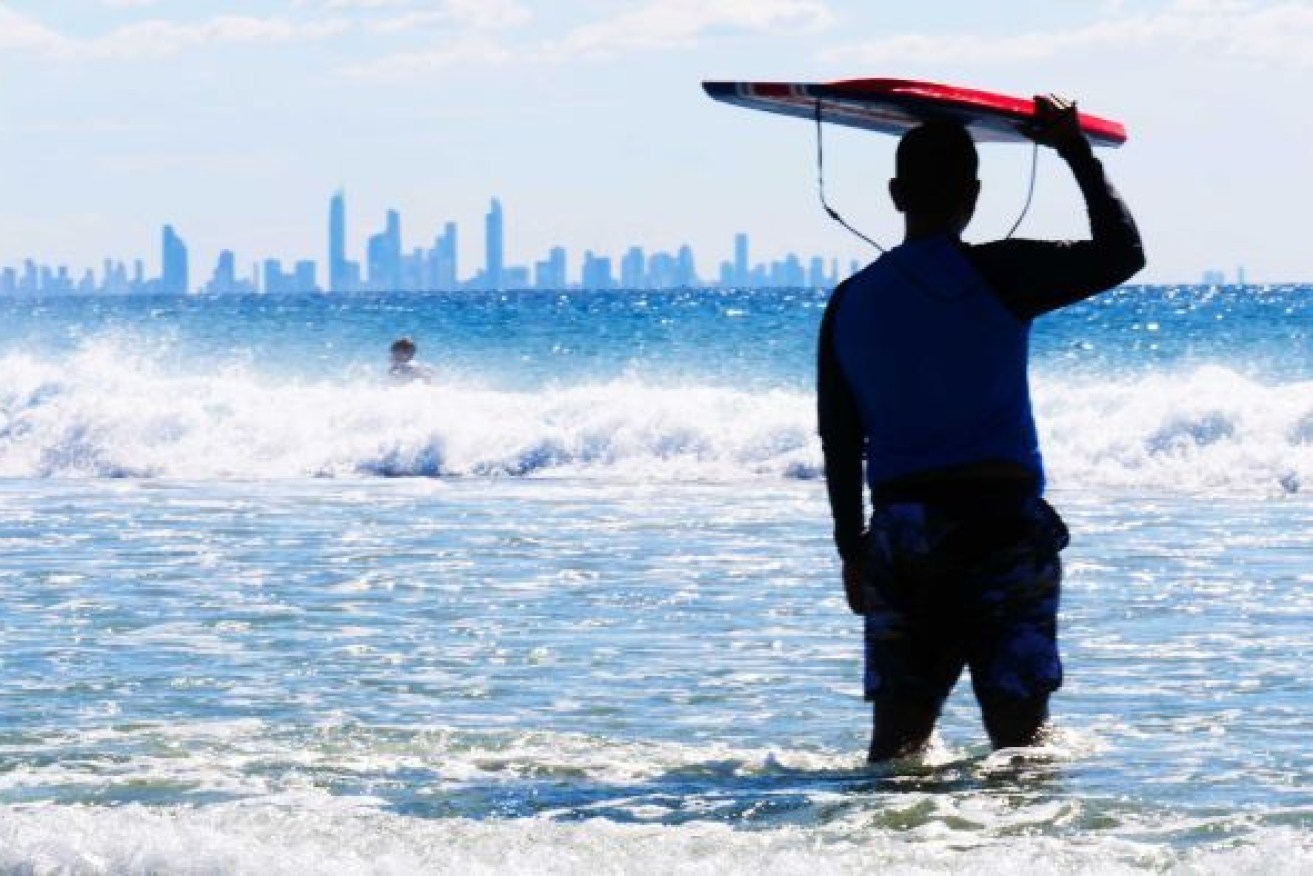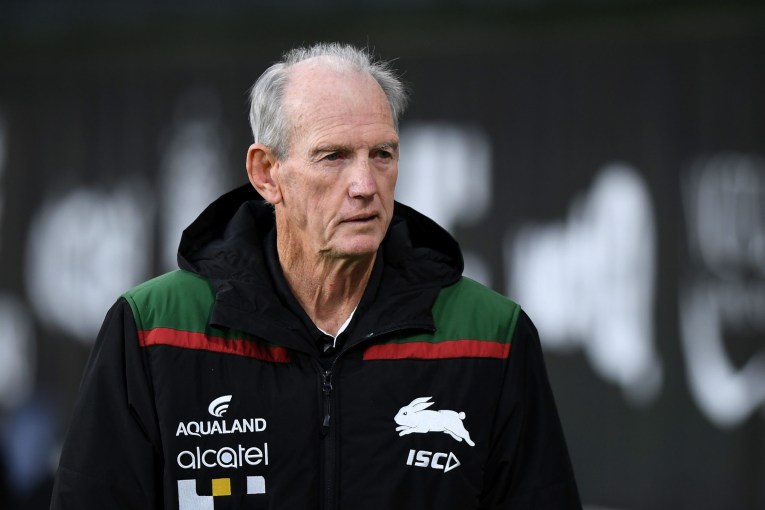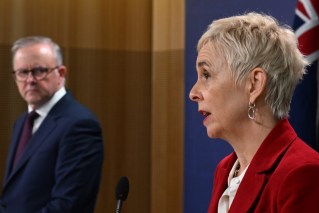Perfect one day, crowded the next: 1000 people a week move to Queensland
More than 270,000 people moved to Queensland in the five years before the 2021 Census and the echoes are still rumbling through the economy.


The top areas in Australia for internal migration were the Sunshine Coast and the Gold Coast. Wide Bay and Ipswich were also in the top 10
Data from the Australian Bureau of Statistics shows a remarkable movement of people into Queensland. In net terms, there was a gain for Queensland of 107,000 people over the five-year period.
The ABS said the figure was unprecedented and by comparison NSW had a net loss of almost the same number. No other state was close to the level achieved by Queensland and a major driver was house prices which were considerably lower than those in NSW and Victoria.
The top areas in Australia for internal migration were the Sunshine Coast and the Gold Coast. Wide Bay and Ipswich were also in the top 10.
The boom in arrivals has been a significant boost to the economy and housing prices, but has also created an accommodation shortage that was highlighted in a CoreLogic report which showed Brisbane rents were still climbing while listings were falling.
CoreLogic data shows a 3.8 per cent increase in rents in the three months to September. In dollar terms, average rents have risen by about $70 a week in the past year.
The ABS said that between 2016 and 2021, Greater Brisbane gained the greatest number of people through net internal migration (+54,400) which represented 2.2 per cent of its total population.
There was also a strong trend to leave the cities. The ABS said that in the past three censuses, more people moved from the capitals to regional Australia than from regions to the capitals.
In the five-year period prior to the 2021 Census, regional Australia had a net gain of 184,000 people (up from 81,600 in 2016). This was predominately driven by people moving to Rest of Queensland (+63,700), the Rest of Victoria (+62,900) and Rest of NSW (+59,000).
Separate ABS data showed life expectancy in Queensland was climbing and was now 80.9 years for males and 85.3 for females. This was slightly below the national figure but a 1.3 year improvement in 10 years.
Australia was one of the few countries that showed increases in life expectancy in the first two years of the Covid-19 pandemic and has the third highest life expectancy in the world according to the United Nations’ estimates.
“Life expectancy in Australia is 11.9 years longer for males and 10.6 years longer for females compared with the United Nations’ 2020 world average of 69.4 years and 74.8 years,” the ABS said.
“Today, a 65-year-old Australian male can expect to live another 20.3 years and a female another 23 years. This is longer than life expectancy at birth, as they have successfully made it through the first several decades of life.”
The ABS also showed that mining towns were still the great generator of personal wealth.
The top four local government areas for income in Queensland were Weipa with $89,000 (bauxite), Isaac with $78,578 (coal), Mt Isa with $74,858 (copper, lead, zinc) and Cloncurry with $67,946 (copper, gold), although Cloncurry is a significant beef centre as well.












